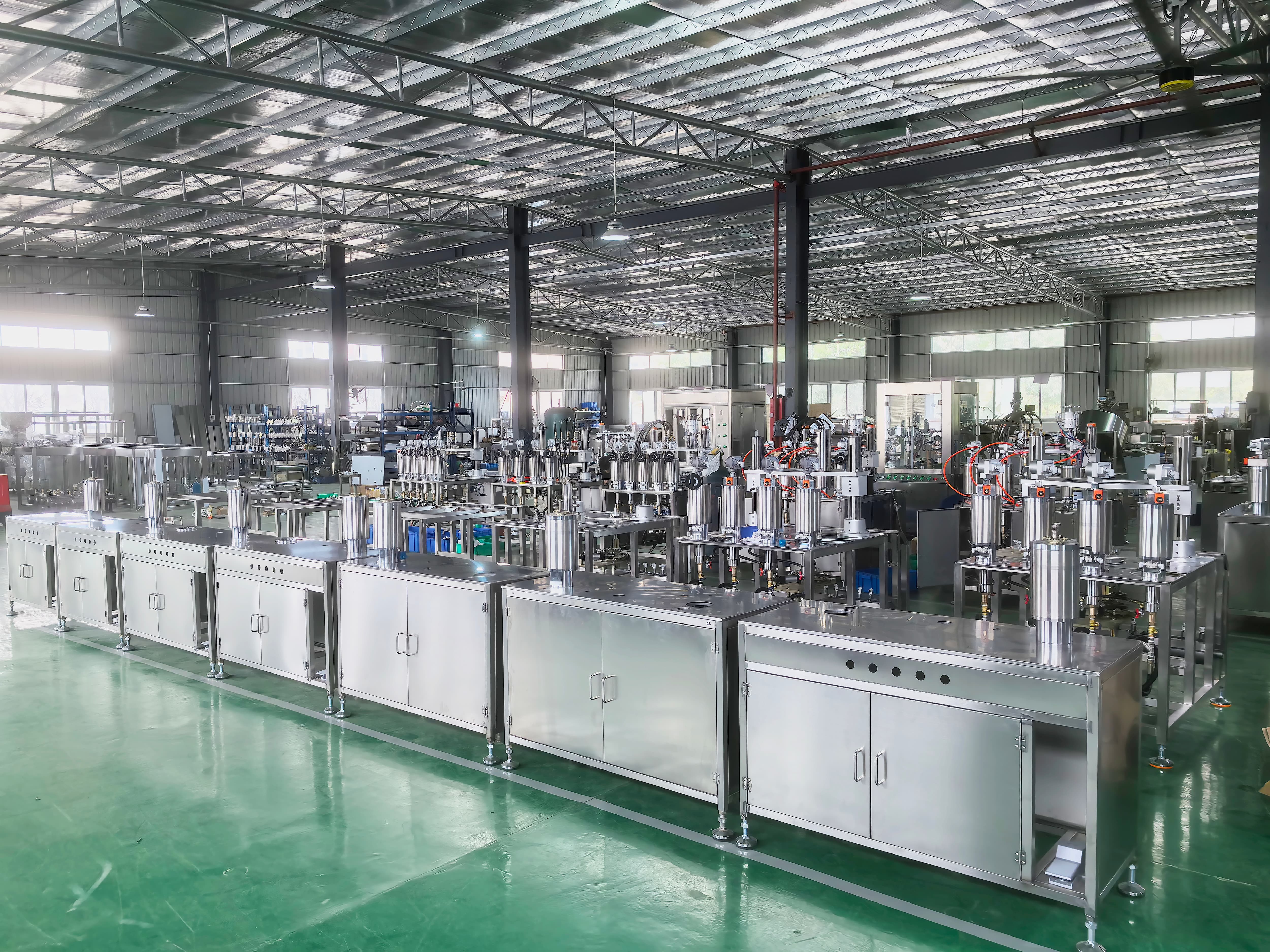
In the fiercely competitive industrial and consumer coatings manufacturing sector, efficiency, consistency, and safety are not merely production objectives—they form the very foundation of a company's profitability. Traditional manual or semi-automatic filling methods not only create production bottlenecks and quality fluctuations but also result in significant material waste and safety hazards. Automated spray paint filling equipment is far more than a standard production machine—it represents a strategic investment capable of revolutionizing aerosol production processes. This technology empowers businesses to precisely meet market demands, maintain the highest quality standards, and effectively safeguard profit margins.
The core value of this equipment lies in resolving critical pain points in the production process. First, it delivers exceptional production efficiency and scalability. Through high-speed automated operation, it can precisely fill dozens of cans per minute, far surpassing the limitations of manual labor. This enables businesses to effortlessly expand capacity, meet large-volume orders on time, and fully leverage the production potential of each shift. Second, the equipment features a high-precision weighing system, ensuring filling weight accuracy within ±1 gram. This precision eliminates product waste and profit loss from overfilling while preventing customer complaints and return risks caused by underfilling. It significantly reduces costs while maintaining brand quality reputation.
In safety and environmental protection, spray paint filling equipment plays a particularly critical role. Its enclosed, drip-free filling system effectively recovers volatile organic compounds (VOCs), substantially reducing workers' exposure to harmful solvents and propellants. This creates a safer working environment and helps businesses comply with stringent Occupational Safety and Health Administration (OSHA) and environmental regulations. Additionally, the equipment offers high operational flexibility, enabling quick adaptation to different can types, product viscosities (from thin solvents to thick primers), and multiple propellants (such as LPG, DME, or nitrogen). This allows companies to respond nimbly to diverse market demands without investing in an entirely new production line.
Modern filling equipment also incorporates PLC control systems and data tracking capabilities, enabling real-time monitoring of production rates, tracking efficiency metrics, and generating analytical reports. This data provides a solid foundation for identifying production bottlenecks, optimizing processes, and enhancing Overall Equipment Effectiveness (OEE), empowering managers to make more informed decisions. In summary, investing in professional spray painting and filling equipment represents not merely an upgrade of production tools, but a pivotal step toward a smarter, safer, and more profitable manufacturing model. It empowers businesses to control quality, reduce waste, ensure team safety, and build sustainable, scalable operations.
